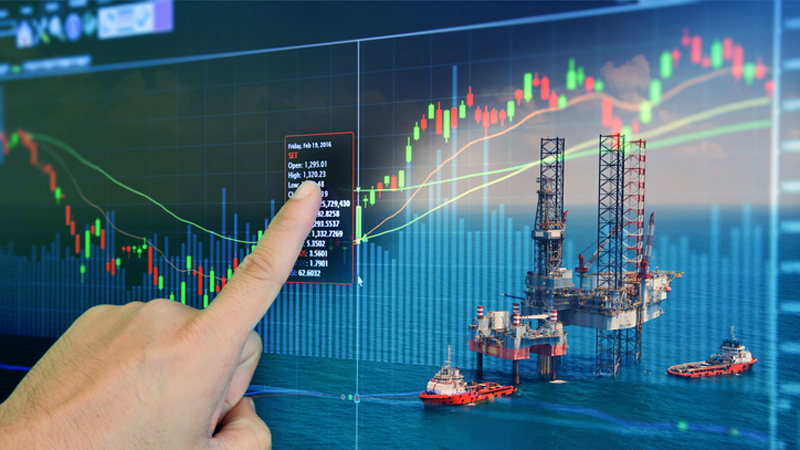While it is true that artificial intelligence may assist many industries, the oil and gas business may stand to profit the most. Oil and gas are among the most profitable industries, but they are also the riskiest. Business processes, productivity, and safety are all improved by artificial intelligence.
Here are five ways AI solves novel oil industry challenges.
1. Defect Detection and Enhance Quality Assurance
Identifying faulty threading in pipes or faults in error-prone devices is one of the issues in the oil and gas sector. Due to upstream problems, defects discovered towards the end of the manufacturing line cost the factory and budget resources. For example, a faulty oil pipeline or equipment put into service might cause serious harm. These losses are significantly more than the cost of AI adoption.
Deploying a computer-vision-based system helps check production quality and gives comprehensive insights into defect analyses. In addition, AI-powered Defect Detection systems are cost-effective compared to existing techniques.

2. Ensure Safety and Security Standards
Oil and gas facilities work in very hazardous conditions, with a far higher risk of harm than standard manufacturing operations. Employees at oil plants work in various temperatures, are occasionally exposed to harmful gasses, and must be mindful of several moving systems. Even though there is a lot of data to monitor safety concerns, it is still primarily a human operation, such as manually watching camera feeds or physical safety sweeps, to ensure that safeguards are successful.
An AI-powered computer-vision system can monitor the work site to guarantee that all safety procedures are followed without variation. The video data is sent into an artificial intelligence program, which is then processed to deliver alerts and proactive recommendations. AI solutions may notify management of even minor departures from compliance.

3. Reduce Production and Maintenance Cost
“The annual cost of corrosion in the oil and gas production industry is estimated to be USD 1.372 Bn.” (Source: AMPP.org)
Oil or gas extracted with oil rigs is kept in a centralized repository before being transferred through pipelines. As a result, oil and gas components are frequently subjected to material deterioration and corrosion due to varying temperatures and environmental conditions. Corrosion can distort elements, resulting in fading threading, or it might undermine the pipeline itself. Failure to address this issue may result in catastrophic damage, interrupting the entire manufacturing process. It is one of the industry’s top worries, and firms hire corrosion experts to monitor and manage the health of components to avoid corrosion.
AI technologies have the potential to prevent instances like these from occurring. AI and IoT technology can detect corrosion by comparing numerous metrics using knowledge graphs and predictive intelligence to approximate the probability of erosion occurring and inform pipeline operators. Companies may be proactive in dealing with corrosion hazards in this manner and, based on knowledge graph analysis, examine various equipment downtimes and anticipate the time to do maintenance activities. Companies may also plan for and adjust for rest in this manner.
4. Make Better Decisions with Analytics
Oil and gas companies deal with a large amount of data generated by industrial processes. Still, owing to a lack of appropriate analytics tools, they cannot benefit from the vast amounts of data stored in data silos. Companies may hire engineers to manually examine data to gain insights, but this is a time and cost-effective solution.Furthermore, no number of data engineers can feasibly access all of the data generated in a single day of operations.
Extensive data-powered AI systems extract insight and meaning from massive amounts of operational data. Artificial intelligence is used to separate information and identify patterns or anomalies in big data sets to generate predictions.AI systems analyze data streams from various sensors and machines in multiple plants, complete geoscience data sets, and extract real-time analytics to create intelligent solutions depending on business needs. These deep insights give geoscientists a greater understanding of the whole processes and activities, allowing them to make better strategic decisions. This improves operational efficiency, costs, and even the danger of failure.

5. Uncover New Insights in Oil and Gas Exploration
Adopting autonomous AI-powered robots for exploration is a terrific alternative for making this procedure easier and gathering precise data. Top oil and gas corporations use drones to collect seismic photos, while image processing algorithms extract information. Explorations are carried out based on these analyses. This procedure reduces human error and provides correct data.












